Home>Home Maintenance>What Is Personal Property Assessment Ratio In Albemarle County


Home Maintenance
What Is Personal Property Assessment Ratio In Albemarle County
Modified: March 6, 2024
Learn about personal property assessment ratio in Albemarle County and how it affects home maintenance. Gain insight into property taxes and how they are determined.
(Many of the links in this article redirect to a specific reviewed product. Your purchase of these products through affiliate links helps to generate commission for Storables.com, at no extra cost. Learn more)
Introduction
Welcome to Albemarle County, a beautiful region in Virginia known for its scenic landscapes and vibrant communities. If you’re a homeowner or business owner in Albemarle County, you’re no stranger to the importance of paying property taxes. In order to ensure a fair and equitable distribution of tax burden, the county relies on a system called the Personal Property Assessment Ratio.
The Personal Property Assessment Ratio, often referred to as the PPAR, is a critical factor in determining the value of personal property for taxation purposes. Understanding how the PPAR works and its significance can help you navigate the tax system and make informed decisions regarding your property.
In this article, we will delve into the details of the Personal Property Assessment Ratio in Albemarle County. We’ll explore its definition, purpose, calculation methods, as well as its importance to taxpayers. So, let’s dive in and unravel the mystery behind the PPAR!
Key Takeaways:
- The Personal Property Assessment Ratio (PPAR) in Albemarle County ensures fair taxes by using a consistent ratio to assess personal property, making it easier for property owners to plan and budget for their tax payments.
- The PPAR promotes fairness and transparency in property taxation, protecting property owners from overassessment and encouraging compliance with tax obligations, ultimately supporting the county’s economic growth and development.
Definition of Personal Property Assessment Ratio
The Personal Property Assessment Ratio, or PPAR, is a measurement used to determine the assessed value of personal property for tax purposes in Albemarle County. It is expressed as a percentage and is applied to the fair market value of the property.
Personal property includes a wide range of assets, such as vehicles, boats, aircraft, equipment, furnishings, and inventory. Unlike real estate, which is subject to a separate assessment process, personal property is assessed using the PPAR.
The PPAR is intended to ensure that all personal property owners in Albemarle County are treated fairly and equitably when it comes to property tax assessments. It helps to standardize the assessment process and eliminate disparities in valuations.
To calculate the assessed value of personal property, the PPAR is multiplied by the fair market value of the property. For example, if the fair market value of a vehicle is $10,000 and the PPAR is 50%, the assessed value of the vehicle would be $5,000.
The PPAR is an essential component of the property tax system and plays a crucial role in determining the amount of taxes that property owners must pay. It is important to note that the PPAR may vary from year to year and may differ for different types of personal property.
Now that we have a clear understanding of the definition of the Personal Property Assessment Ratio, let’s explore why it is significant in Albemarle County.
Purpose of Personal Property Assessment Ratio in Albemarle County
The Personal Property Assessment Ratio (PPAR) serves several important purposes in Albemarle County’s property tax system. Let’s explore its key objectives:
- Equitable Taxation: The primary purpose of the PPAR is to ensure fairness and equity in property taxation. By applying a consistent assessment ratio to the fair market value of personal property, the county aims to distribute the tax burden among property owners in a just manner. This prevents any single individual or business from being unfairly burdened with excessive taxes.
- Simplification of Assessment Process: The PPAR simplifies the assessment process by providing a single ratio that can be easily applied to determine the assessed value of personal property. This streamlines the assessment process for both county assessors and property owners, making it more efficient and less prone to errors.
- Protection Against Overvaluation: The PPAR acts as a safeguard against potential overvaluation of personal property. By setting a fixed ratio, property owners are protected from inflated assessments that may result in higher tax bills. It provides a standard method for evaluating the value of personal property that is consistent and reliable.
- Consistency and Predictability: The use of a standardized PPAR ensures consistency and predictability in the assessment of personal property. Property owners can have confidence in the assessment process and can anticipate the tax liability based on the established ratio. It provides stability and certainty when it comes to property taxes.
- Promotes Economic Growth: A fair and reliable property tax system, facilitated by the PPAR, plays a vital role in promoting economic growth. It encourages investment, entrepreneurship, and job creation by ensuring that property taxes are assessed in a transparent and consistent manner. This stability and predictability contribute to a positive business environment.
Overall, the purpose of the Personal Property Assessment Ratio in Albemarle County is to establish a fair and efficient system of property taxation that benefits both property owners and the broader community. It helps maintain the integrity of the tax system while supporting economic growth and development.
Calculation of Personal Property Assessment Ratio
The calculation of the Personal Property Assessment Ratio (PPAR) in Albemarle County involves a straightforward formula that determines the assessed value of personal property. Here’s how it is calculated:
- Determine Fair Market Value: The first step in calculating the PPAR is to determine the fair market value of the personal property. This value represents the price that the property would sell for in an open market between a willing buyer and a willing seller.
- Apply PPAR: Once the fair market value is determined, it is multiplied by the PPAR to calculate the assessed value. The PPAR is expressed as a percentage and represents the portion of the fair market value that is subject to taxation.
- Assessed Value: The product of the fair market value and the PPAR yields the assessed value of the personal property. This is the value that is used to calculate the property taxes owed by the owner.
For example, let’s say a business owner has a piece of equipment with a fair market value of $50,000, and the PPAR in Albemarle County is set at 40%. To calculate the assessed value, the fair market value is multiplied by the PPAR:
$50,000 (fair market value) x 0.40 (PPAR) = $20,000 (assessed value)
In this case, the assessed value of the equipment would be $20,000, and the business owner would be taxed based on this value.
It’s important to note that the PPAR can vary from year to year and may differ based on the type of personal property. The county assessors determine and update the PPAR regularly to reflect market conditions and ensure fairness in property taxation.
Understanding the calculation of the Personal Property Assessment Ratio is essential for property owners in Albemarle County. It helps them gauge the impact of the ratio on their tax liability and make informed decisions regarding their personal property.
Factors Affecting Personal Property Assessment Ratio
Several factors can influence the Personal Property Assessment Ratio (PPAR) in Albemarle County. These factors can vary from year to year and may impact the assessed value of personal property. Here are some key factors that can affect the PPAR:
- Economic Conditions: Changes in the local economy can have an impact on the PPAR. During periods of economic growth, property values may increase, resulting in higher assessed values and potentially a higher PPAR. Conversely, during economic downturns, property values may decrease, leading to lower assessed values and a lower PPAR.
- Market Trends: Market trends within specific industries or sectors can also influence the PPAR. If there is high demand and limited supply for certain types of personal property, such as equipment or vehicles, it can drive up their market value, resulting in higher assessed values and a higher PPAR.
- Legislative Changes: Changes in local or state legislation governing property taxation can impact the PPAR. Updated laws or regulations may alter the assessment methods or criteria used to determine the assessed value of personal property, resulting in changes to the PPAR.
- Assessment Practices: The assessment practices and methodologies employed by county assessors can affect the PPAR. Assessors may use different approaches to determine the fair market value of personal property, which can influence the assessed value and, consequently, the PPAR.
- Quality of Data: The availability and accuracy of data used in the assessment process can impact the PPAR. If there are limitations or inconsistencies in the data, it can lead to variations in assessed values and potentially affect the PPAR.
It’s important to note that the factors affecting the PPAR are dynamic and subject to change. County assessors constantly evaluate these factors to ensure that the PPAR remains fair and reflective of the local market conditions.
Understanding the factors that can influence the PPAR can help property owners in Albemarle County anticipate and prepare for potential changes in their assessed values and tax liabilities. It is recommended to stay informed about local economic trends and legislative developments to gain insights into the possible impact on the PPAR.
The personal property assessment ratio in Albemarle County is the percentage of a property’s value that is used to calculate property taxes. It’s important to understand this ratio when budgeting for property taxes.
Importance of Personal Property Assessment Ratio in Albemarle County
The Personal Property Assessment Ratio (PPAR) plays a crucial role in Albemarle County’s property tax system. It serves several important purposes and holds significant importance for property owners and the county as a whole. Here’s why the PPAR is important:
- Equitable Taxation: The PPAR ensures fairness and equity in property taxation by applying a consistent assessment ratio to the fair market value of personal property. This prevents any single individual or business from being unfairly burdened with excessive taxes and ensures that everyone pays their fair share based on the value of their property.
- Consistency and Predictability: The use of a standardized PPAR provides consistency and predictability in the assessment of personal property. Property owners can anticipate their tax liabilities based on the established ratio, making it easier to budget and plan for their property tax obligations.
- Encourages Compliance: Having a fair and transparent assessment system supported by the PPAR encourages property owners to comply with their tax obligations. When individuals and businesses perceive the tax system as fair and equitable, they are more likely to willingly fulfill their responsibilities, which helps fund essential public services and infrastructure in Albemarle County.
- Supports Local Revenue: The property tax revenue generated through the PPAR is a vital source of funding for Albemarle County. It enables the county government to provide essential services like schools, public safety, infrastructure development, and community programs. The PPAR ensures a consistent and reliable flow of revenue that supports the county’s ongoing operations and initiatives.
- Promotes Economic Development: A fair and efficient property tax system, facilitated by the PPAR, plays a key role in promoting economic development. It provides a stable and predictable environment for businesses and investors, encouraging entrepreneurship and investment. By maintaining a fair taxation system, the PPAR contributes to a positive business climate in Albemarle County.
Overall, the Personal Property Assessment Ratio is of significant importance in Albemarle County. It ensures equitable taxation, promotes compliance, supports local revenue, and fosters economic development. Understanding and appreciating the importance of the PPAR can help property owners navigate the property tax system and contribute to the overall prosperity of the county.
Benefits of Personal Property Assessment Ratio for Taxpayers
The Personal Property Assessment Ratio (PPAR) in Albemarle County offers several benefits to taxpayers. It ensures fair and equitable taxation, provides predictability and transparency, and helps property owners manage their tax liabilities. Let’s explore some of the key benefits of the PPAR:
- Equitable Tax Burden: The PPAR ensures that the tax burden is distributed fairly among property owners based on the assessed value of their personal property. This prevents any single taxpayer from shouldering an excessive tax burden and promotes fairness in the taxation system.
- Predictable Tax Liabilities: The use of a standardized PPAR provides predictability in tax liabilities for property owners. By knowing the assessment ratio and the fair market value of their property, taxpayers can estimate their tax obligations in advance. This predictability allows for better financial planning.
- Stability and Transparency: The PPAR brings stability and transparency to the property tax system. Property owners can have confidence in the assessment process, knowing that their tax liabilities are determined based on a standardized ratio. This transparency fosters trust and accountability between taxpayers and local authorities.
- Reliable Budgeting: With the PPAR, property owners can budget and plan for their tax expenses more effectively. The consistent assessment ratio allows for accurate estimation of annual tax liabilities, helping property owners allocate funds accordingly and avoid financial surprises.
- Protection Against Overassessment: The PPAR acts as a safeguard against potential overassessment of personal property. The use of a fixed ratio ensures that property is assessed at a reasonable and fair value, protecting taxpayers from inflated tax bills that may result from subjective assessment practices.
- Encourages Compliance: A fair and transparent property tax system supported by the PPAR encourages compliance among taxpayers. When individuals and businesses perceive the tax system as fair and equitable, they are more likely to willingly fulfill their tax responsibilities, fostering a culture of compliance and contributing to the smooth functioning of local government.
The benefits of the Personal Property Assessment Ratio ultimately provide taxpayers in Albemarle County with a sense of fairness, predictability, and transparency in their property tax obligations. By ensuring equitable taxation and offering stability in tax liabilities, the PPAR helps property owners effectively manage their finances and contributes to a more harmonious tax system.
Challenges in Determining Personal Property Assessment Ratio
The determination of the Personal Property Assessment Ratio (PPAR) in Albemarle County is not without its challenges. The calculation and implementation of the PPAR require careful consideration and ongoing evaluation. Here are some of the key challenges faced in determining the PPAR:
- Accurate Valuation: One of the primary challenges in determining the PPAR is accurately valuing personal property. Assessing the fair market value of various types of personal property can be complex, as value can fluctuate based on market conditions, age, condition, and other factors. Ensuring consistent and reliable valuation methods is crucial to establishing a fair and accurate PPAR.
- Data Collection and Validation: Gathering and validating data on personal property can be a challenging task. Collecting accurate data on a wide range of assets, such as vehicles, equipment, and inventory, requires comprehensive and reliable sources. Data quality control measures must be in place to minimize errors and discrepancies that could impact the accuracy of the PPAR.
- Market Volatility: The PPAR may be influenced by market volatility, especially during periods of economic instability. Market fluctuations can impact the fair market value of personal property, leading to variations in assessed values and potentially affecting the PPAR. It is important to regularly assess market conditions and adjust the PPAR accordingly to maintain fairness.
- Legislative Changes: Changes in legislation pertaining to property taxation can also pose challenges in determining the PPAR. Updates or modifications to assessment methods, criteria, or legal requirements may necessitate adjustments to the PPAR formula. Keeping up with legislative changes and ensuring compliance with applicable laws are essential for accurate PPAR calculations.
- Uniformity across Assets: Personal property encompasses a wide range of assets with different characteristics, usage, and market values. Establishing a uniform PPAR across all types of personal property can be challenging due to the inherent differences in value and market factors. Assessors must carefully consider these variations to establish a balanced and equitable assessment ratio for different types of assets.
To address these challenges, county assessors in Albemarle County need to employ robust valuation methods, maintain up-to-date data systems, closely monitor market trends, and stay attuned to legislative changes. Regular evaluation and adjustment of the PPAR are necessary to ensure fairness and accuracy in property assessments.
Despite the challenges, addressing these factors helps maintain the integrity and effectiveness of the PPAR in Albemarle County’s property tax system.
Conclusion
The Personal Property Assessment Ratio (PPAR) is a vital component of the property tax system in Albemarle County. It serves the purpose of ensuring fair and equitable taxation for all property owners. By applying a consistent assessment ratio to the fair market value of personal property, the PPAR distributes the tax burden in a just manner.
The PPAR provides several benefits to taxpayers. It offers predictability and transparency, allowing property owners to anticipate their tax liabilities and effectively plan their finances. The standardized assessment ratio brings stability to the property tax system and promotes compliance among taxpayers.
However, determining the PPAR is not without its challenges. Accurate valuation of personal property, data collection and validation, market volatility, legislative changes, and maintaining uniformity across different types of assets are all factors that must be carefully managed to establish a fair and accurate PPAR.
Despite the challenges, the importance of the PPAR in Albemarle County cannot be understated. It supports equitable taxation, enables reliable budgeting, fosters transparency and compliance, and contributes to the overall economic growth and development of the county.
In conclusion, the Personal Property Assessment Ratio plays a vital role in maintaining a fair and efficient property tax system in Albemarle County. Property owners can rely on the PPAR to provide a standardized and transparent method of assessing their personal property for tax purposes. And, ultimately, the PPAR helps uphold a sense of fairness, consistency, and predictability in property taxation for the benefit of all taxpayers in Albemarle County.
Frequently Asked Questions about What Is Personal Property Assessment Ratio In Albemarle County
Was this page helpful?
At Storables.com, we guarantee accurate and reliable information. Our content, validated by Expert Board Contributors, is crafted following stringent Editorial Policies. We're committed to providing you with well-researched, expert-backed insights for all your informational needs.



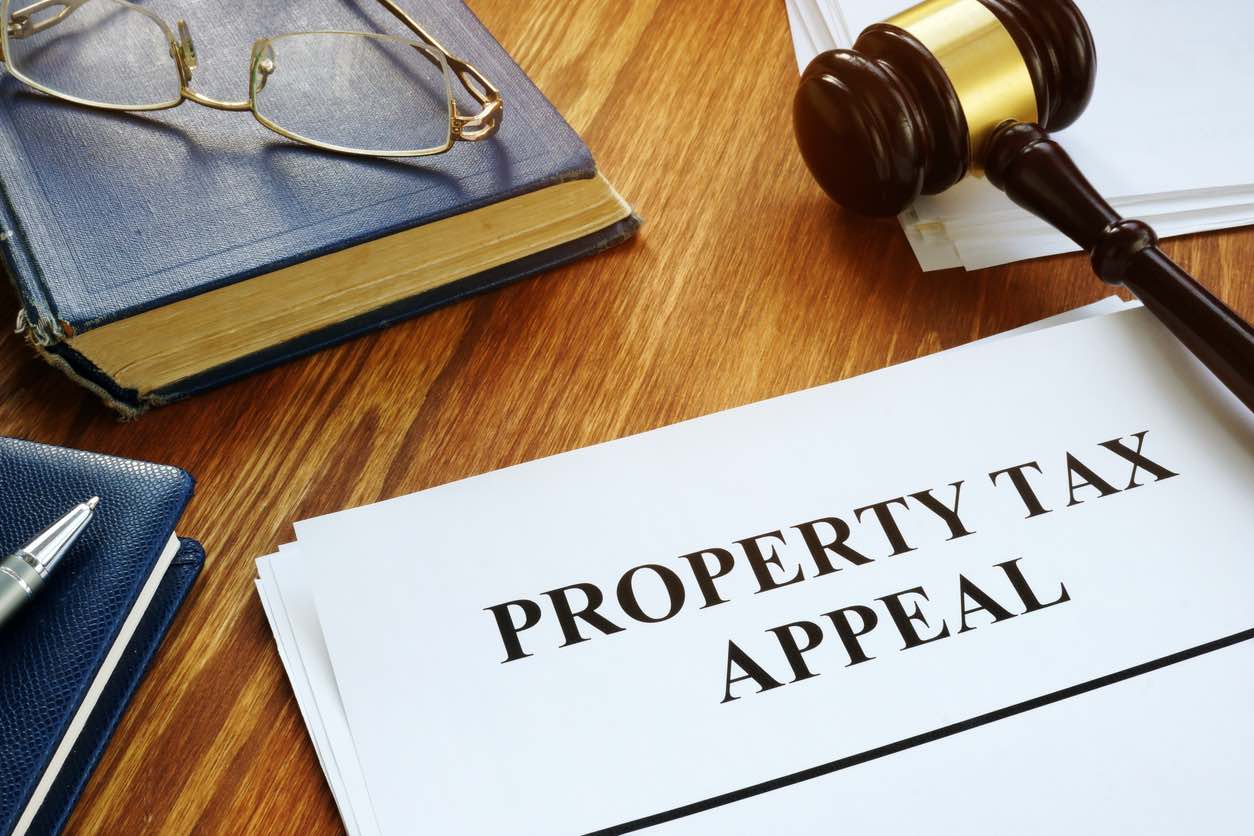

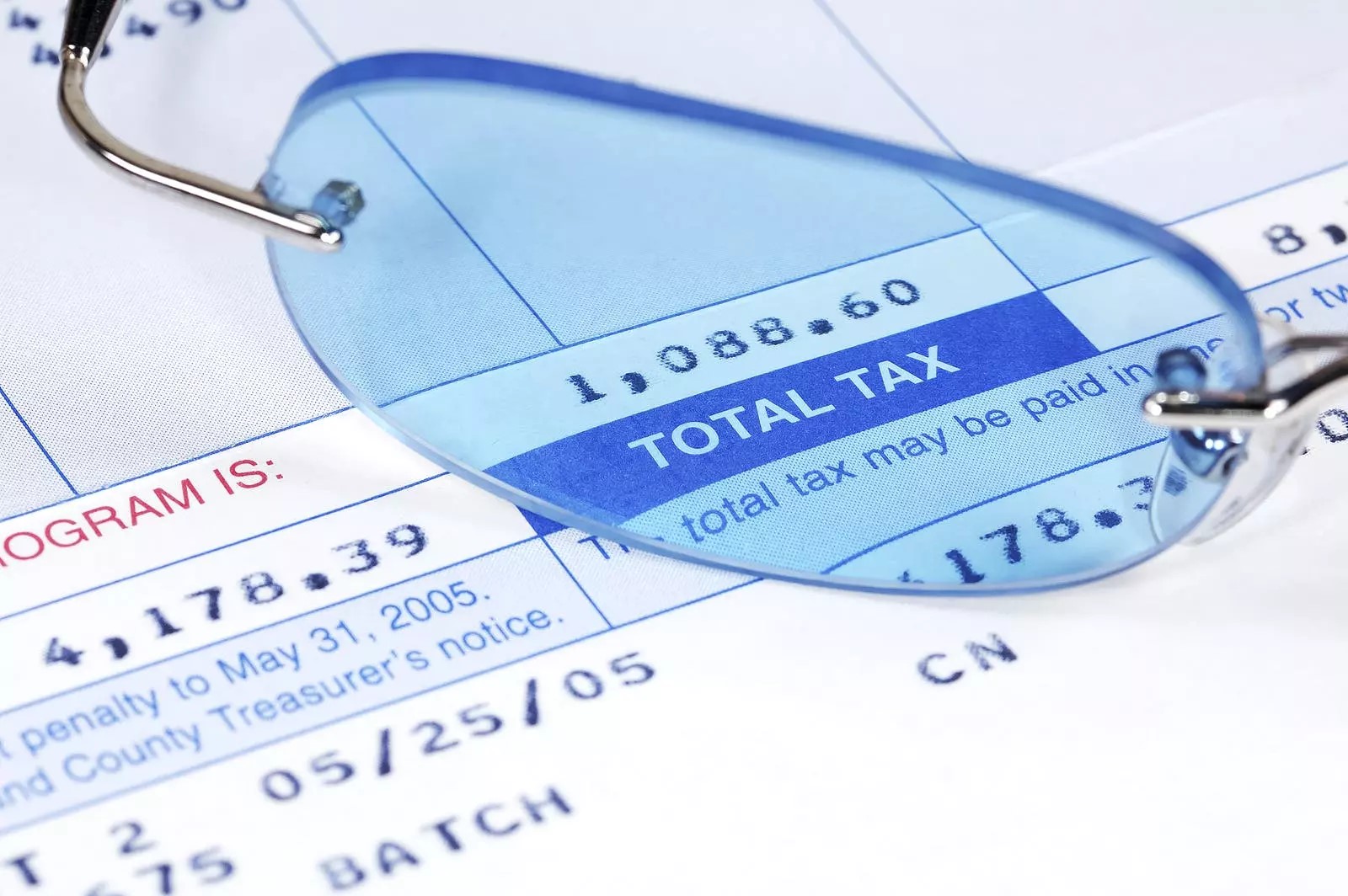


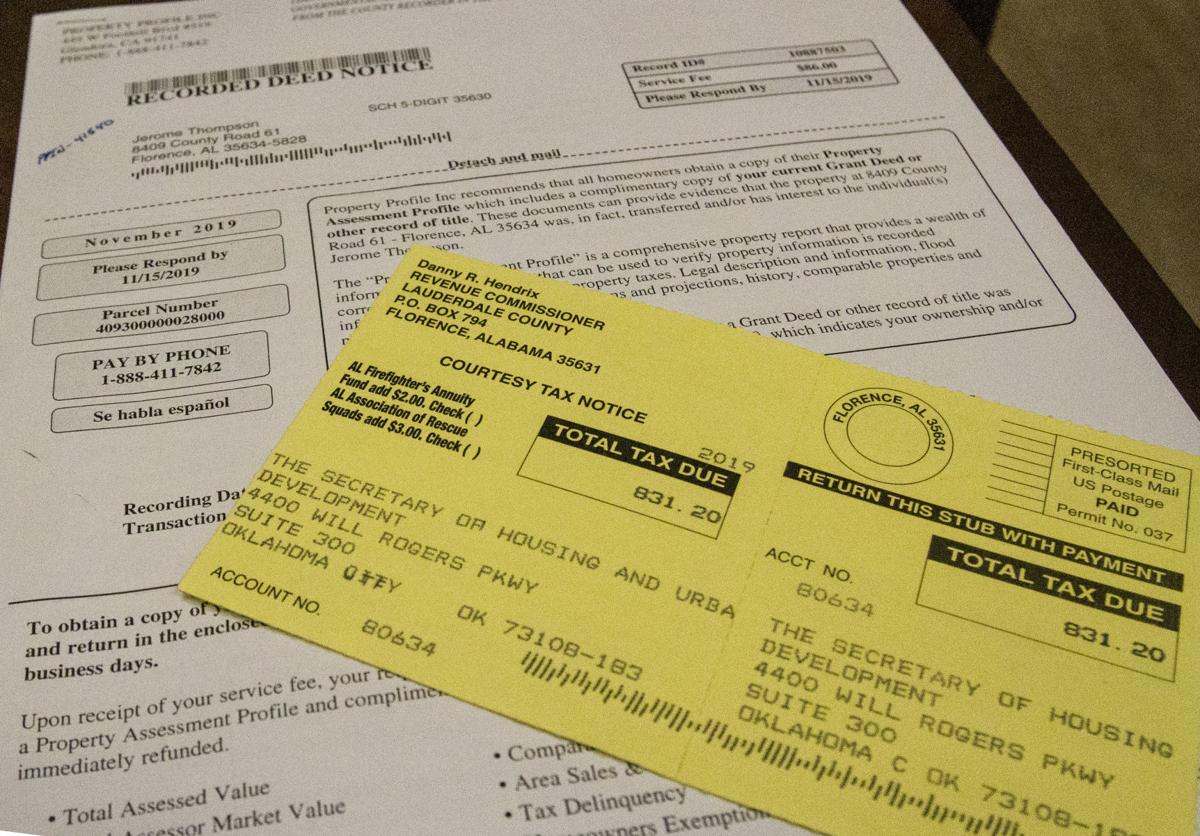
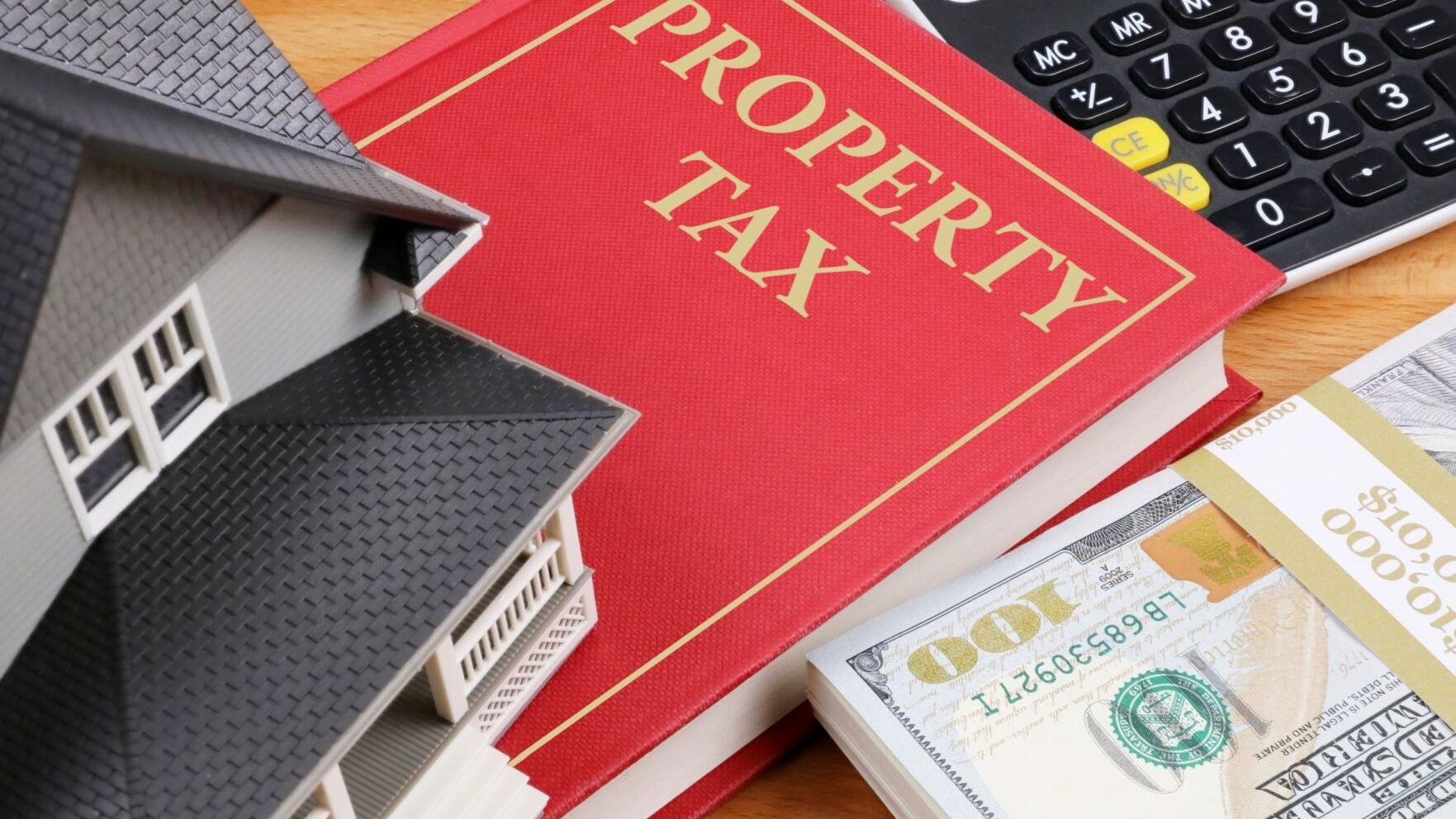



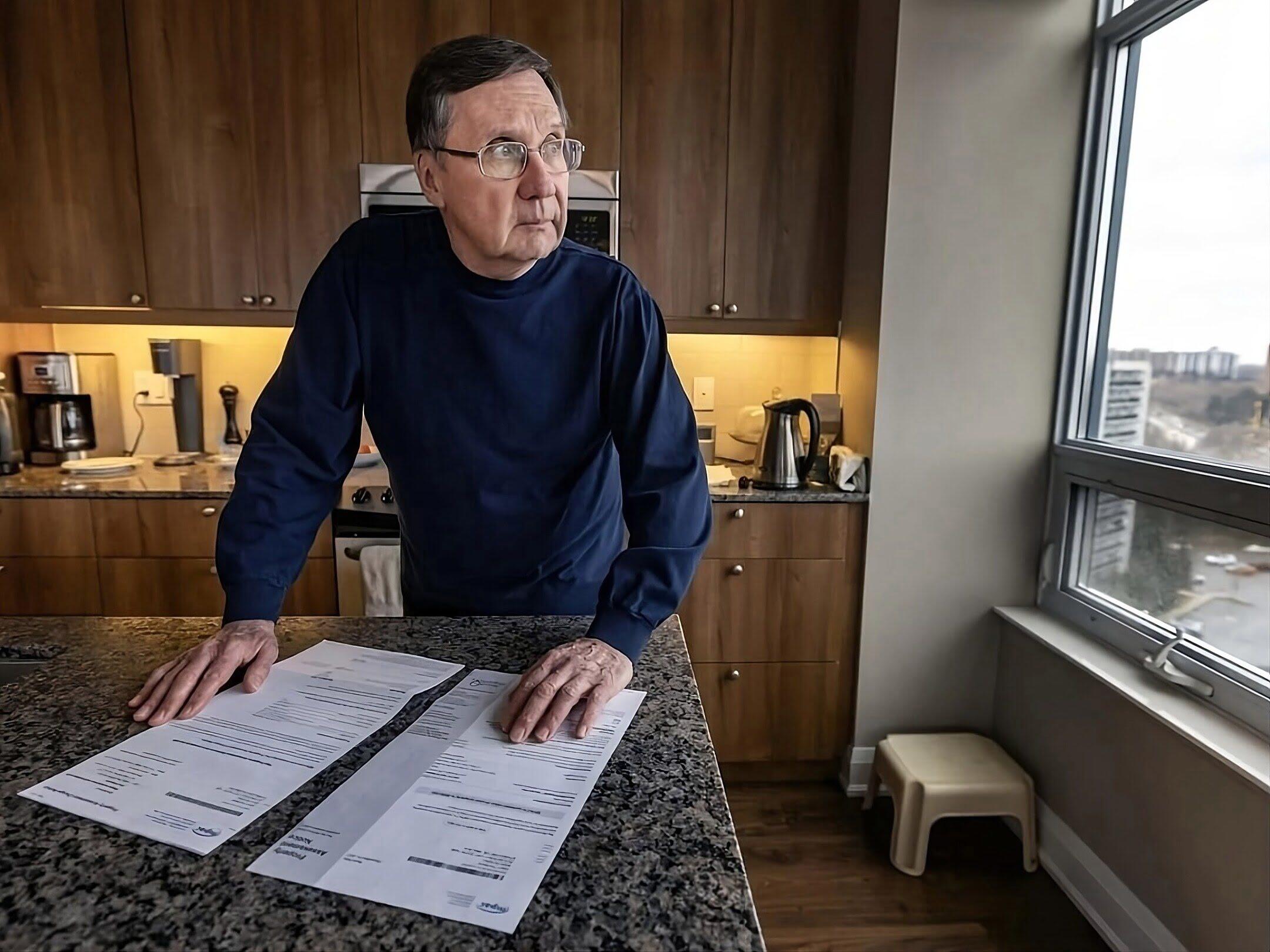

0 thoughts on “What Is Personal Property Assessment Ratio In Albemarle County”